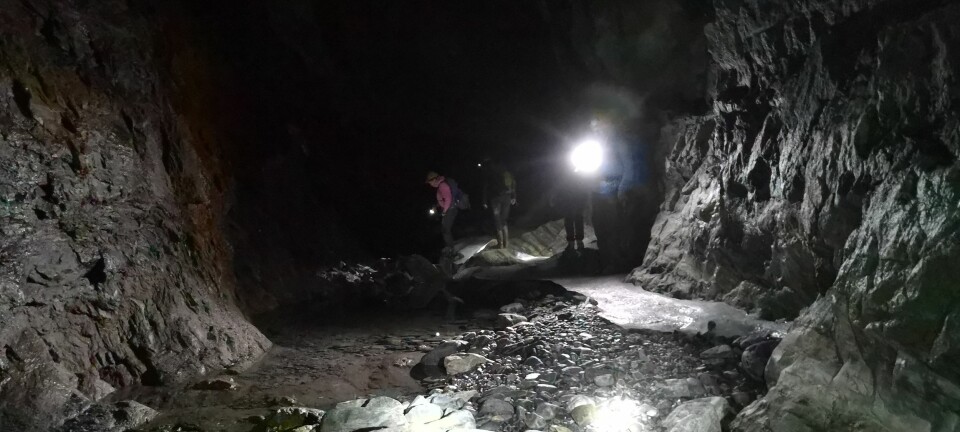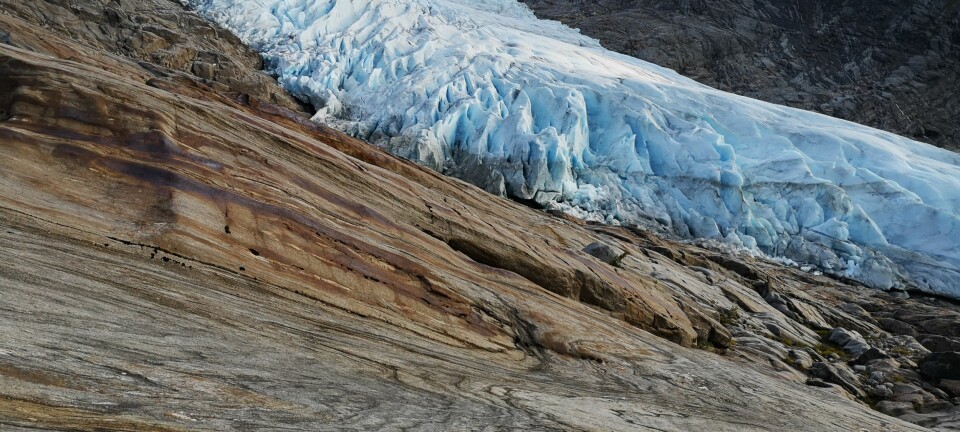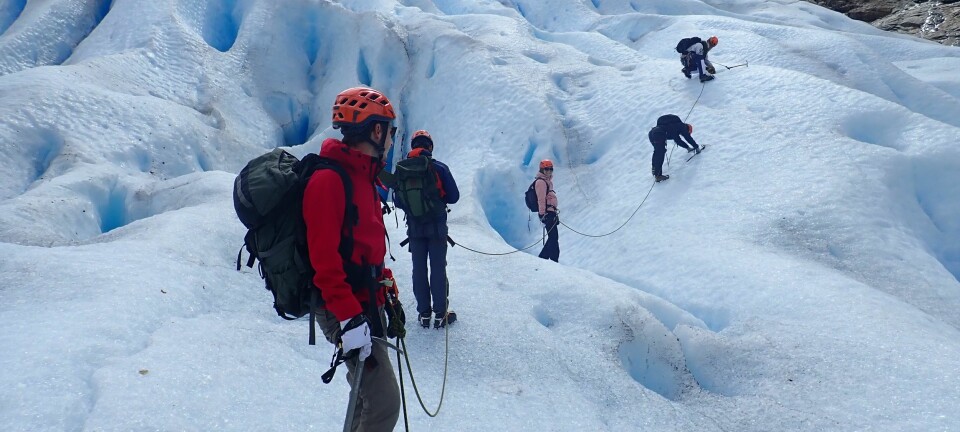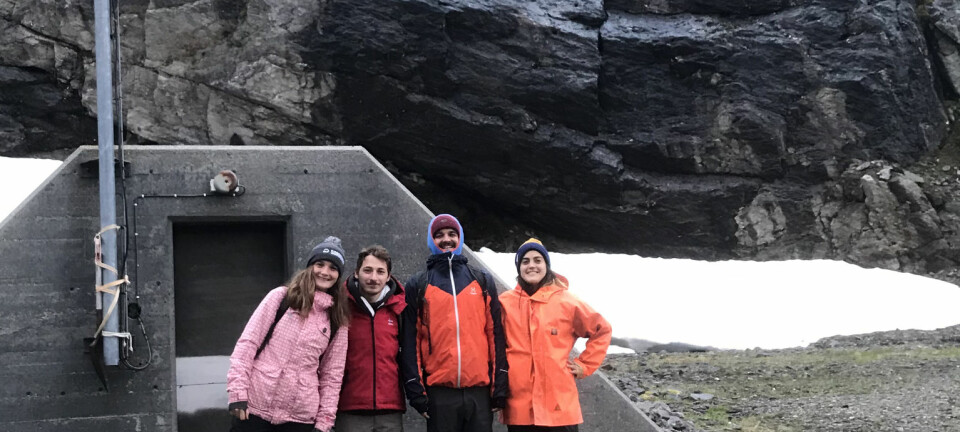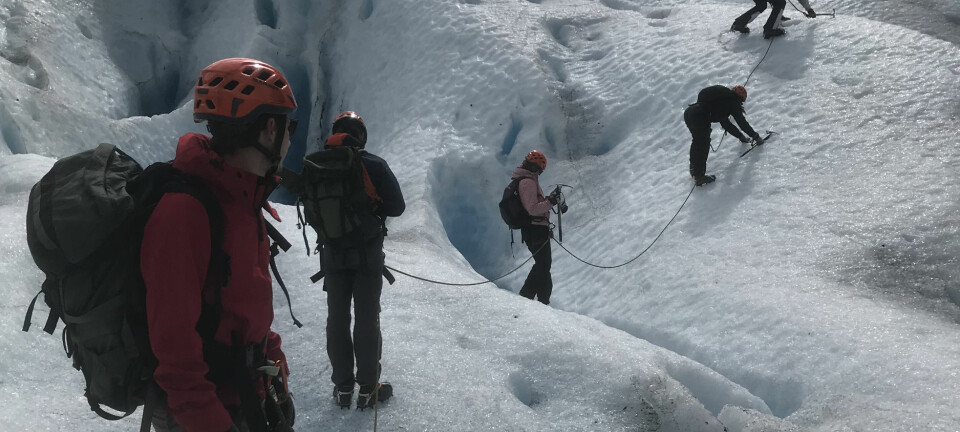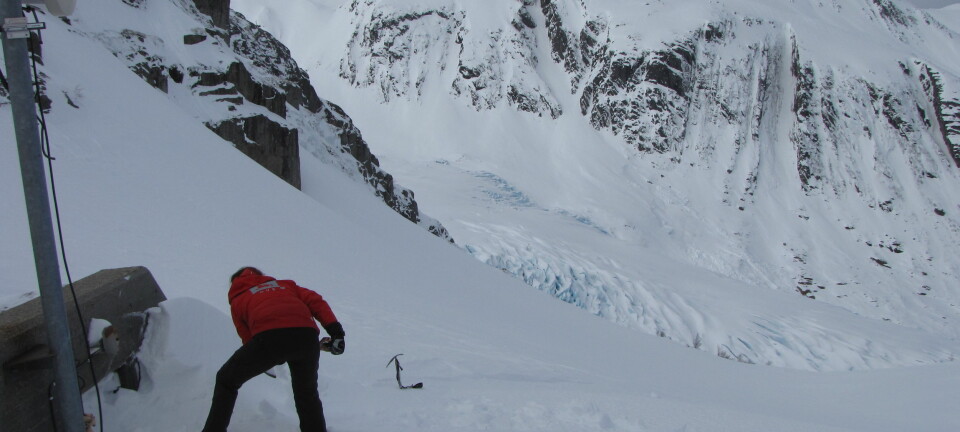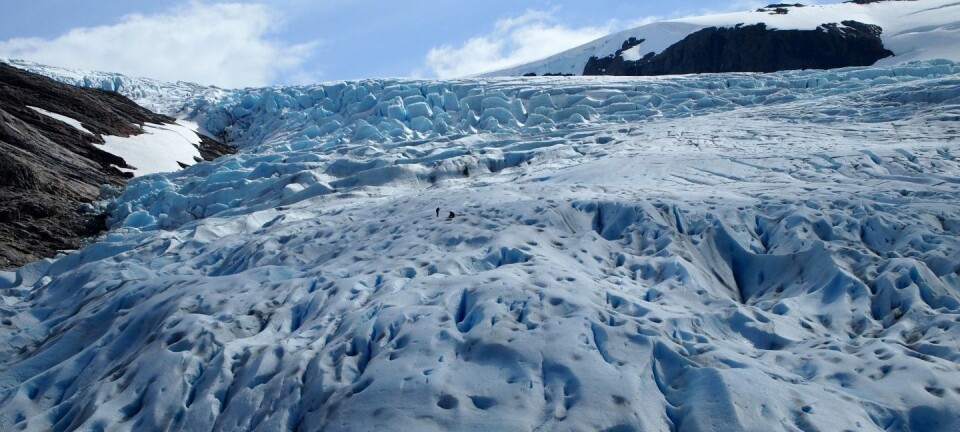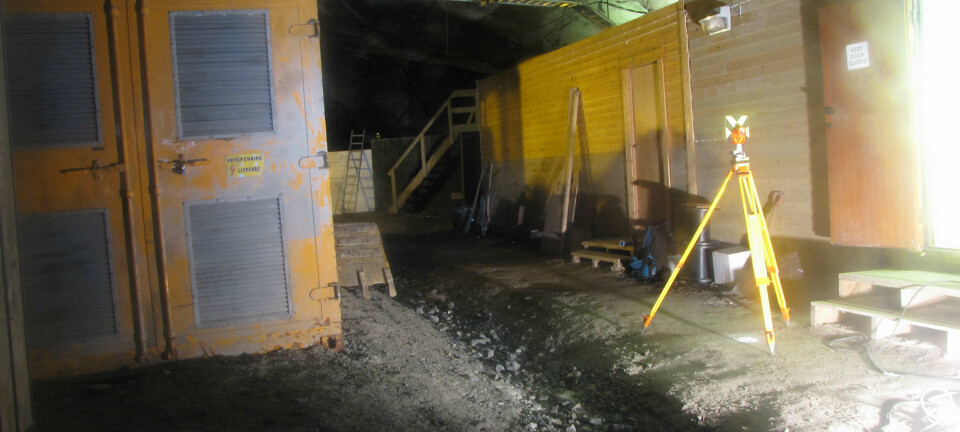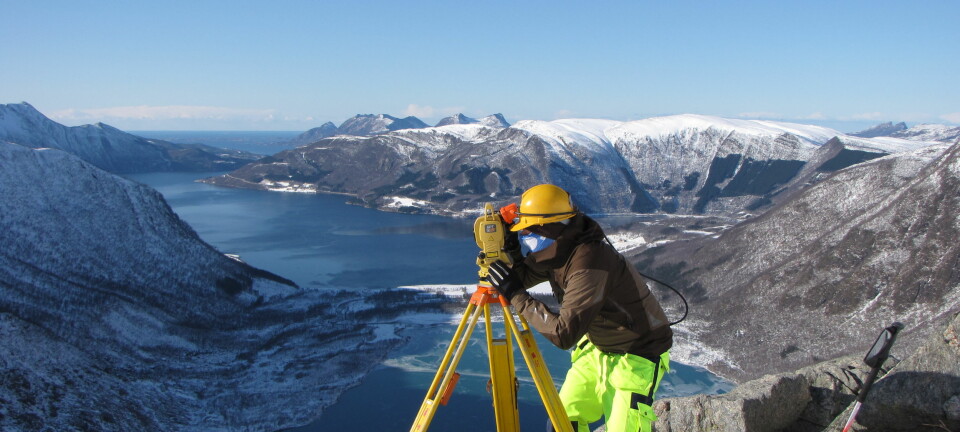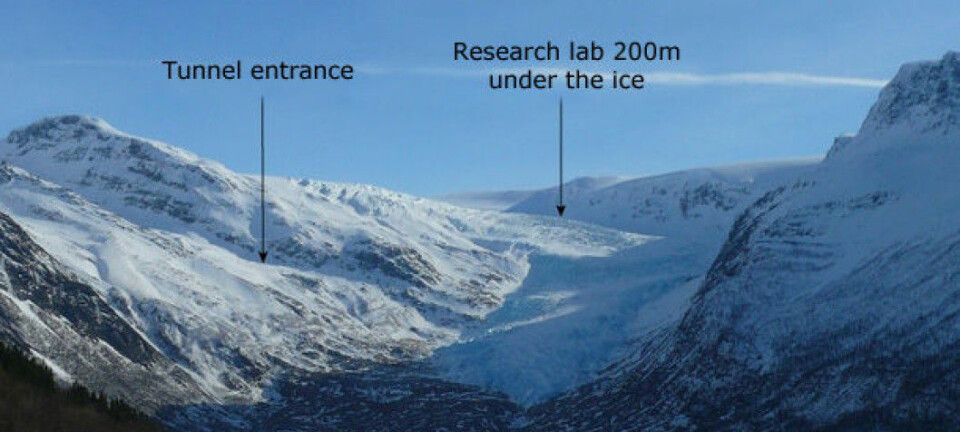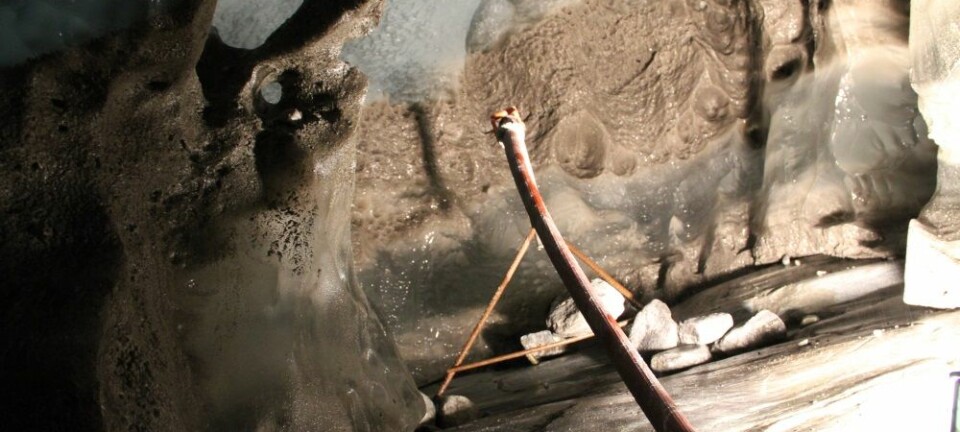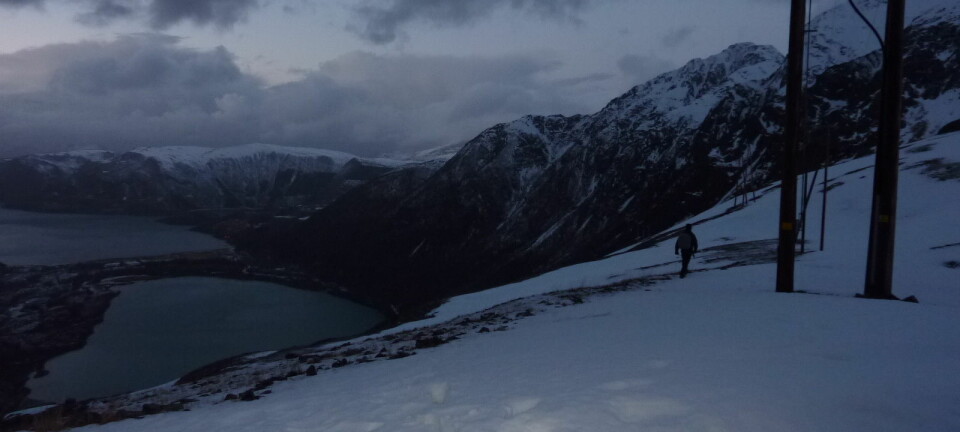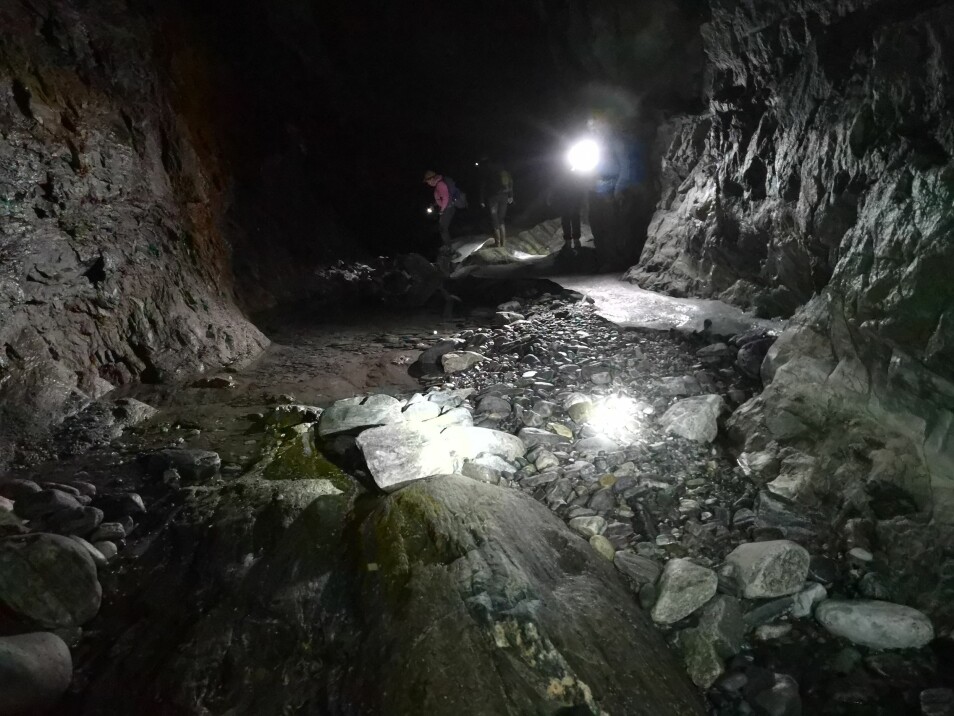
Into the Subglacial Tunnel
After a steep walk up the mountain, we arrived in front of the tunnel entrance. There we stood, in shorts and t-shirts, suddenly realising that the heat and sunshine we were used to until now were about to become only a distant memory. With our winter coats, hats and gloves on, we followed Miriam as she opened the door leading into the mountain.
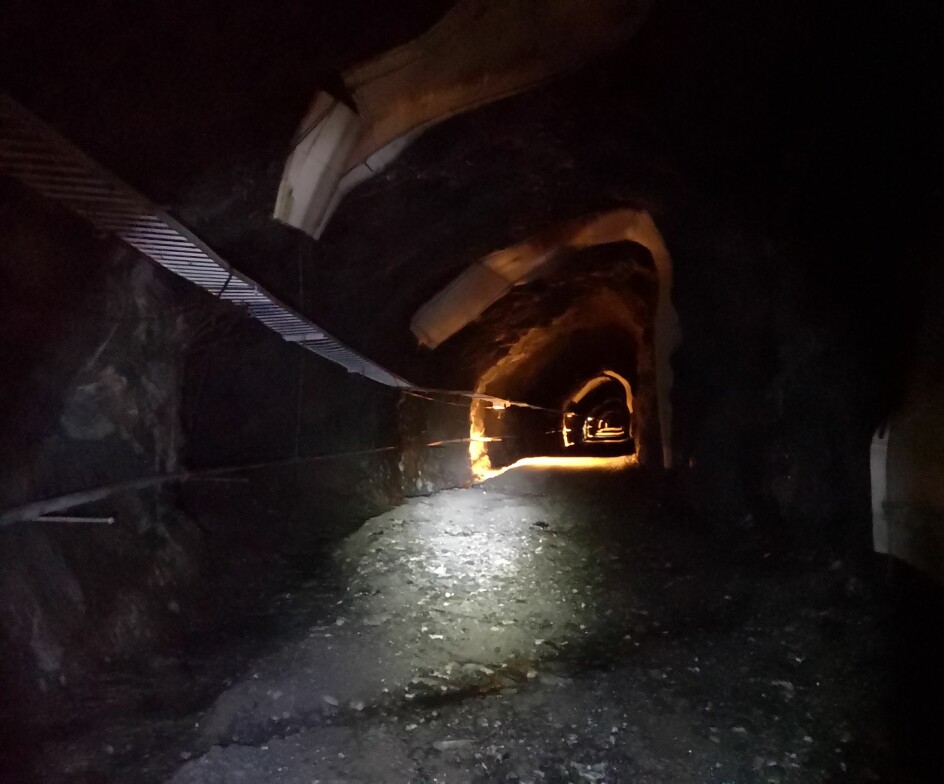
In less than a second, the air temperature dropped from 24℃ to 4℃. Here we were, inside the Svartisen Subglacial tunnel, built in the 1970s for hydropower purposes. The tunnel is wide enough for machines to drive through and is equipped with lights and security facilities. The ground is wet and uneven, so make sure you check where you step!
We walked along the large hall-like tunnel, until we reached the living quarters. This building is an old construction facility, equipped with four bedrooms, kitchen, bathroom and toilet. We took our shoes off as we entered the room, and I was surprised to see how cosy and welcoming this place is. I realised that one can quite easily stay here overnight, even for a long period. We put the kettle on, unpacked our picnic lunches and enjoyed our first meal under the glacier.
With helmets, headlamps and boots on, we went up the tunnel to visit another building called the laboratory. This is a comfortable place equipped with electronic and experimental material for scientific work. Miriam started to download seismic data that had been recording since last May. Three months of seismic data takes a long time to download. We officially had 3 hours to explore the tunnel!
As we walked along the wet rocky ground, the sound of heavy water flowing became increasingly loud, until we could barely hear each other speak. We came up to a tunnel intersection and I was very impressed at how much water was flowing through this tunnel system. The presence of a hydropower plant nearby suddenly made a lot of sense.

There are hydrological sensors placed inside the tunnels that calculate the water flow from the height of the water surface. Most of these are accessible only when there is little water (between November and March) so we were unable to see them this time. Flow data is very valuable to study the glacier’s behaviour.
The tunnel is also equipped with seismic sensors, placed at different distances from the glacier bed. These record seismic activity related to the glacier’s movement, usually micro-seismic events that are related to glacial melt.
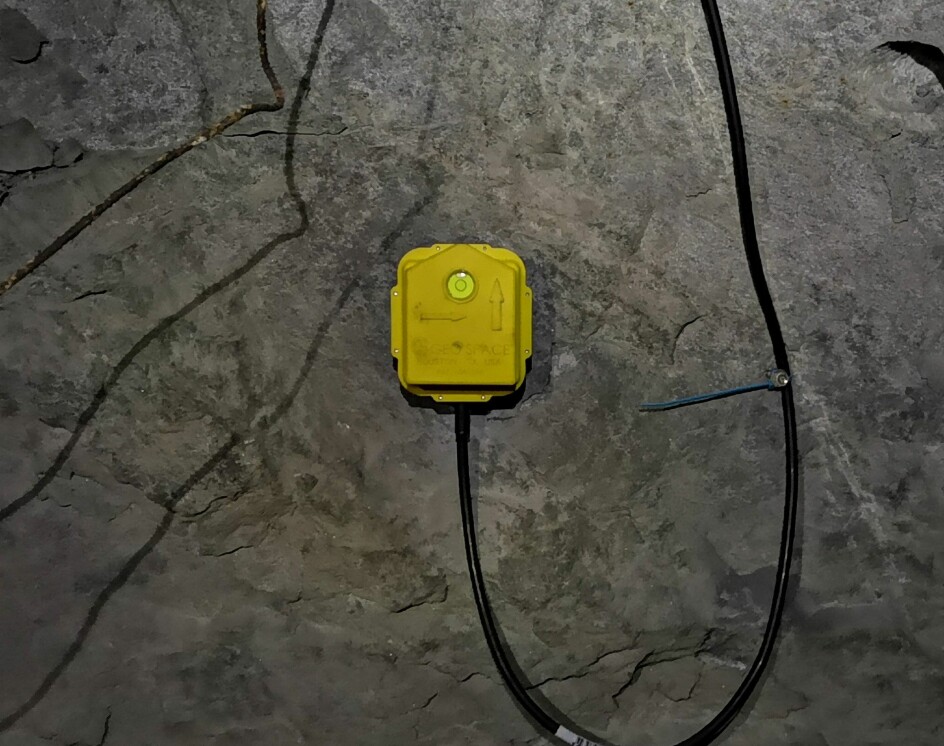
Finally, we saw the Sediment Chamber and the Flush tunnel. The Sediment Chamber is where sediment is collected from the water before it enters the final tunnel, and every year or so the sediment is flushed down the Flush tunnel. When we were there, the Flush tunnel was empty so we were able to walk to it. We saw stalagmites, stalactites and walked on ice: it was very exciting. It felt like an ice age adventure!








